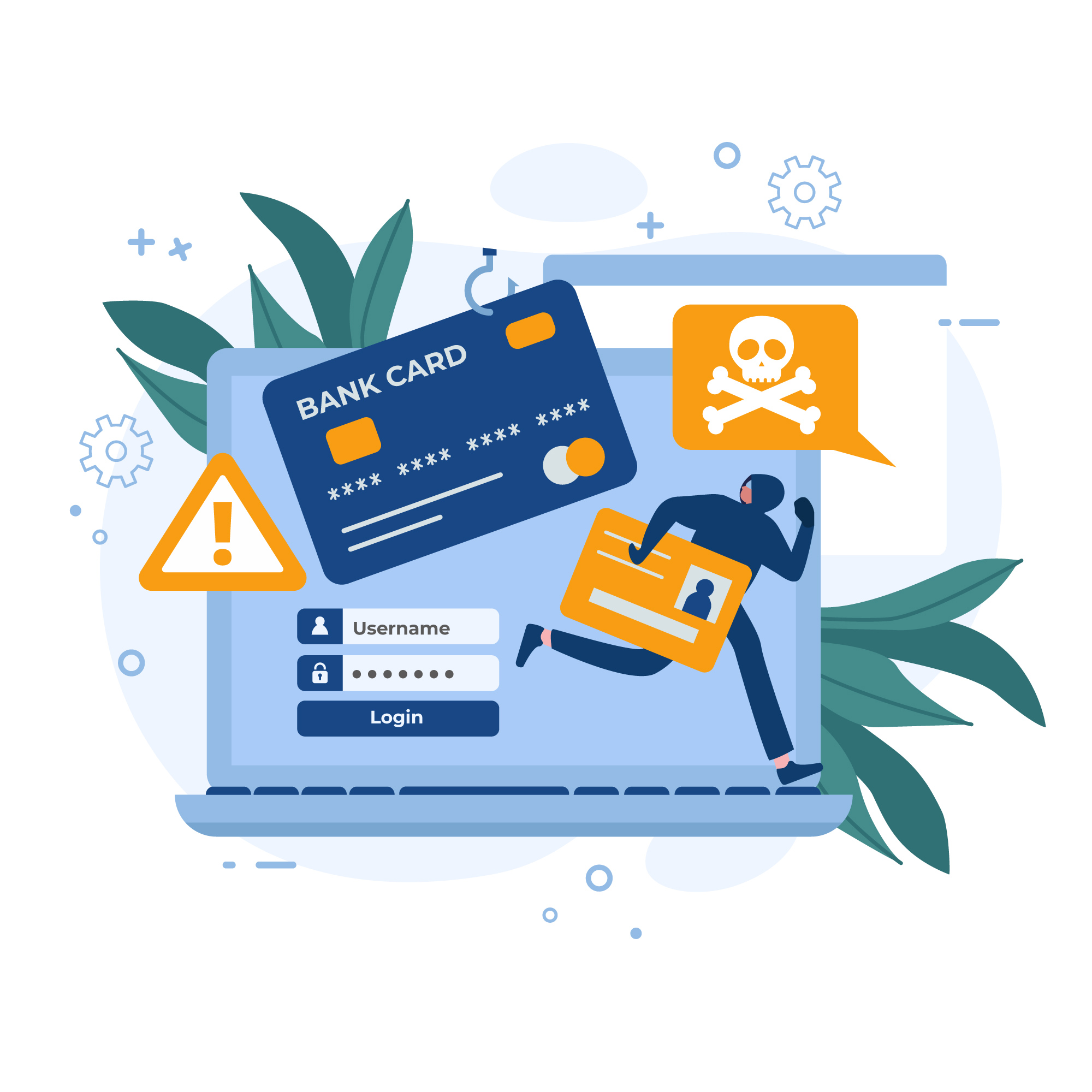UPI Frauds: Protect Your Toddler from Digital Payment Scams
UPI frauds targeting young children are rising as digital payments grow. Protect your toddler with pre-commit rules, tap-to-pay disable, app locks, and daily transaction limits. Maintain spending diaries to detect fraud. The fintech industry must address the toddler-safety gap with better child protection features in payment apps. Overall we should know about how to protect your toddler from Digital Payment Scams

Understanding UPI Frauds Targeting Children
UPI frauds targeting children have become increasingly sophisticated as digital payment adoption grows across India. Parents of young children especially those under 6 years face unique challenges when their toddlers accidentally access payment apps or devices. The rise of tap-to-pay contactless payments has created new vulnerabilities where curious children can complete transactions with a simple phone tap. Many parents don’t realize that their payment apps remain logged in and accessible to children who can accidentally make purchases or transfers while playing with smartphones.
“Digital payment safety begins with understanding that your child’s innocent curiosity can lead to serious financial consequences in today’s tap-to-pay world.”
Pre-Commit Rules for Toddler Safety
Pre-commit rules for parents of children under 6 are essential safety measures that can prevent accidental UPI transactions. These rules involve setting up your payment apps with additional authentication layers that require parental approval before any transaction can be completed. Parents should enable biometric locks or complex PINs that young children cannot guess or replicate. Many UPI apps now offer parental control features that allow you to set spending limits require secondary approval for transactions above certain amounts or completely disable payment functionality during specific hours.
“The most effective UPI fraud prevention for toddlers isn’t technology but thoughtful parental controls that act as digital gatekeepers for your payment apps.”
Disabling Tap-to-Pay for Child Safety
Tap-to-pay disable is a critical security feature that parents must activate when young children have access to smartphones or payment devices. Contactless payment technology while convenient poses significant risks when children can simply tap phones against payment terminals to complete transactions. Parents should disable NFC tap-to-pay functionality on their primary payment apps when not in use and especially when children are handling the devices. Many smartphones allow you to completely disable NFC or require authentication before any tap-to-pay transaction can be processed.
“Disabling tap-to-pay is like putting a child safety lock on your digital wallet preventing curious little hands from making expensive discoveries with your phone.”
App Locks for Payment App Security
App locks provide an essential layer of security for parents concerned about UPI frauds involving their children. Every payment app on your smartphone should have its own separate lock requiring biometric authentication or PIN access before opening. Many parents make the mistake of relying only on their phone’s main lock screen not realizing that once unlocked all apps remain accessible to children. Dedicated app locks ensure that even if your child gains access to your unlocked phone they cannot open payment apps without additional authentication.
“App locks are the digital equivalent of keeping your wallet in a locked drawer ensuring your payment apps remain secure even when your phone is in your child’s hands.”

Daily Transaction Limits for Fraud Prevention
Daily limits on UPI transactions serve as both a fraud prevention measure and a spending control system for parents. Setting conservative daily transaction limits across all your UPI apps can significantly reduce potential losses from both accidental child-initiated transactions and external fraud attempts. Most major UPI platforms including PhonePe Google Pay and Paytm allow users to customize daily transaction limits that reset every 24 hours. For parents of young children setting these limits to amounts they can comfortably lose provides peace of mind when children have access to their devices.
“Daily transaction limits are your financial safety net ensuring that even if your child accidentally accesses your payment apps the potential damage remains contained and manageable.”
Spending Diary Maintenance for Fraud Detection
Spending diary maintenance is an often overlooked but powerful tool for parents concerned about UPI frauds involving their children. Keeping a detailed record of all your digital transactions helps you quickly identify unauthorized purchases or suspicious activities that might indicate your child has accessed your payment apps. Modern banking apps offer transaction categorization and instant notifications that can alert you to unusual spending patterns in real-time. Parents should review these transaction alerts daily and investigate any purchases they don’t recognize immediately.
“A spending diary transforms you from a passive account holder into an active guardian of your digital finances helping you spot and stop child-initiated UPI transactions before they multiply.”
The Toddler-Safety Fintech Gap
The gap between toddler safety and fintech security represents a significant vulnerability in India’s digital payment ecosystem. Most fintech applications are designed with adult users in mind offering little consideration for the unique risks posed by young children accessing these platforms. This oversight leaves parents without adequate tools to protect their children from accidental UPI transactions or unauthorized access to payment functions. The fintech industry needs to develop child-specific safety features that go beyond basic parental controls.
“The intersection of toddler curiosity and digital payment technology creates unique security challenges that current fintech solutions fail to adequately address leaving parents to create their own safety protocols.”
Implementing Comprehensive Pre-Commit Rules Across Devices
Pre-commit rules should be implemented across all devices and payment apps that children might access. This includes smartphones tablets smartwatches and any other internet-connected devices with payment capabilities. Parents should establish clear rules about when and how children can interact with these devices and implement technical controls that enforce these rules automatically. For example setting up device-level restrictions that prevent payment apps from opening during certain hours or requiring parental approval before any app can access payment functions.
“Consistent pre-commit rules across all your devices create a unified defense system against child-related UPI frauds ensuring no device becomes a weak link in your digital security chain.”

Teaching Toddlers About Digital Payment Safety
Educating children about digital payment safety should begin early even for toddlers under 6 years old. While young children may not understand complex financial concepts they can learn basic rules about phone and payment app usage. Parents should establish clear boundaries about which devices children can use which apps they can access and what they should do if they accidentally open a payment app. Simple rules like “always show mommy or daddy if you see money apps on the phone” can help children develop good digital habits.
“Early education about digital payment safety plants seeds of financial awareness that will grow as your child develops helping them become responsible digital citizens in the future.”
Industry Responsibility: Addressing Toddler Safety in Fintech
Technology companies operating in India’s fintech space have a responsibility to address the toddler-safety gap in their products. Payment apps should include built-in child safety features such as toddler-proof authentication methods automatic spending limits for child-related transactions and educational resources for parents. The Reserve Bank of India and other regulatory bodies should consider guidelines that specifically address child safety in digital payment systems. These industry-wide changes would create a safer environment for all families using UPI and other digital payment methods.
“The fintech industry must recognize that children are not just future customers but current users who need protection in today’s increasingly digital financial world.”
Comparison of UPI Fraud Prevention Methods
| Method | Effectiveness | Ease of Implementation | Cost | Child-Friendly |
|---|---|---|---|---|
| App Locks | High | Easy | Free | Yes |
| Daily Limits | Medium-High | Easy | Free | Yes |
| Tap-to-Pay Disable | High | Medium | Free | Yes |
| Biometric Authentication | High | Easy | Free | Yes |
| Transaction Alerts | Medium | Easy | Free | Yes |
| Separate Child Profiles | Medium | Difficult | Free | Yes |
| Parental Control Apps | High | Medium | Paid | Yes |
Pros and Cons of UPI Fraud Prevention for Children
| Advantages | Disadvantages |
|---|---|
| Prevents accidental transactions | May inconvenience quick payments |
| Protects against external fraud | Requires regular monitoring |
| Teaches children about digital safety | Can be complex to set up initially |
| Provides peace of mind for parents | May require multiple authentication steps |
| Limits potential financial losses | Some features may not be available on all apps |
| Creates good digital habits | Children may find workarounds |
| Easy to implement basic protections | Advanced features may require technical knowledge |
| Most solutions are free | Some premium features may cost money |
What are pre-commit rules for UPI safety?
Pre-commit rules are security measures you set up in advance that require additional authentication or approval before any UPI transaction can be completed. These include biometric locks spending limits and parental approval requirements.
How can I disable tap-to-pay on my phone?
Go to your phone’s settings find the NFC or connection settings and disable the tap-to-pay or NFC functionality. You can also disable it within individual payment apps under security settings.
What are the best app locks for payment apps?
Most Android phones have built-in app locking features in security settings. For additional protection you can use third-party app lock apps from the Play Store that offer biometric authentication and break-in alerts.
How much should I set as my daily UPI transaction limit?
Set a conservative limit based on your regular spending patterns. For parents of young children amounts between ₹1000-₹5000 per day per app provide good protection while allowing normal transactions.
Can toddlers really make UPI transactions accidentally?
Yes toddlers can accidentally complete UPI transactions especially with tap-to-pay enabled. Simple phone taps against payment terminals or accidental button presses in payment apps can initiate transactions.
What should I do if my child accidentally makes a UPI payment?
Immediately contact the payment app’s customer service and your bank. Report the unauthorized transaction and request a refund. Most payment providers have policies for accidental transactions especially those involving children.
Are there UPI apps specifically designed for families?
Some payment apps offer family accounts with enhanced parental controls. Look for apps that allow you to create child profiles with spending limits and transaction monitoring features.
How can I teach my toddler about phone safety?
Keep instructions simple and consistent. Teach them to always show you if they see money apps on phones and establish clear rules about which devices they can use and when.
What are the signs that my child has accessed my payment apps?
Look for unfamiliar transactions in your spending history app notifications you don’t recognize changes to app settings or new contacts added to your payment apps.
How often should I check my UPI transaction history?
Check your transaction history daily if possible. Most banking and payment apps offer instant notifications for transactions which you should review immediately to spot any unauthorized activity.
Disclaimer: This article provides general information about UPI fraud prevention and child safety in digital payments. The specific features and procedures may vary between payment apps and change over time. This content should not be considered as financial advice. For personalized guidance regarding your specific situation please consult with a qualified financial advisor. If you need professional assistance with digital payment security or other financial matters please visit our services page at https://ourfinocracy.com/services/ or contact us at https://ourfinocracy.com/contact/ to speak with a certified financial advisor who can provide tailored advice based on your individual needs.
Data Sources:
- Reserve Bank of India – Guidelines on Digital Payment Security: https://www.rbi.org.in/
- National Payments Corporation of India – UPI Safety Guidelines: https://www.npci.org.in/
- Ministry of Electronics and Information Technology – Cyber Safety for Children: https://meity.gov.in/
- Cyber Crime Portal – Reporting Financial Frauds: https://cybercrime.gov.in/
- Payment App Security Documentation – PhonePe, Google Pay, Paytm: Official websites













